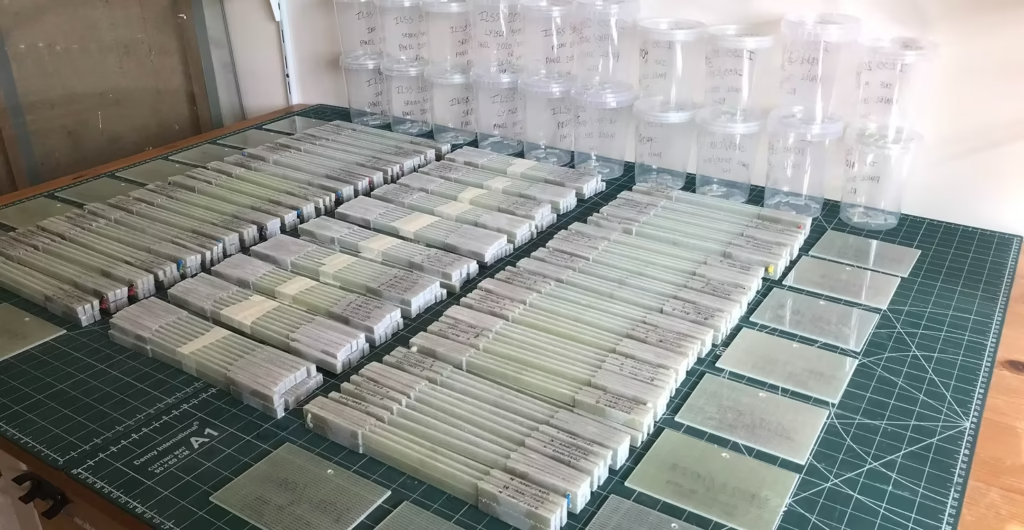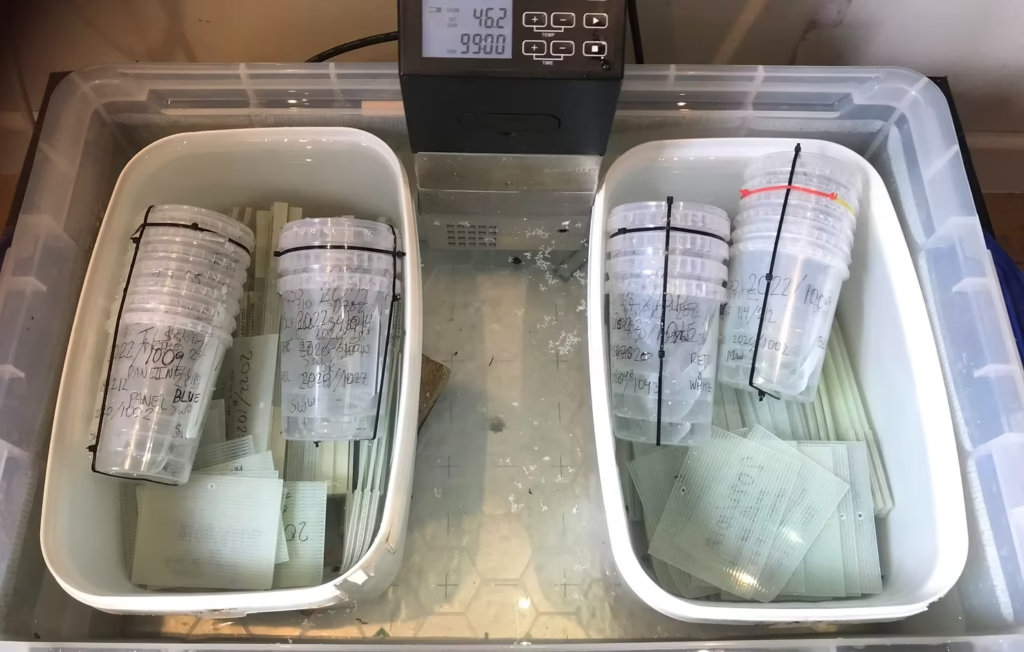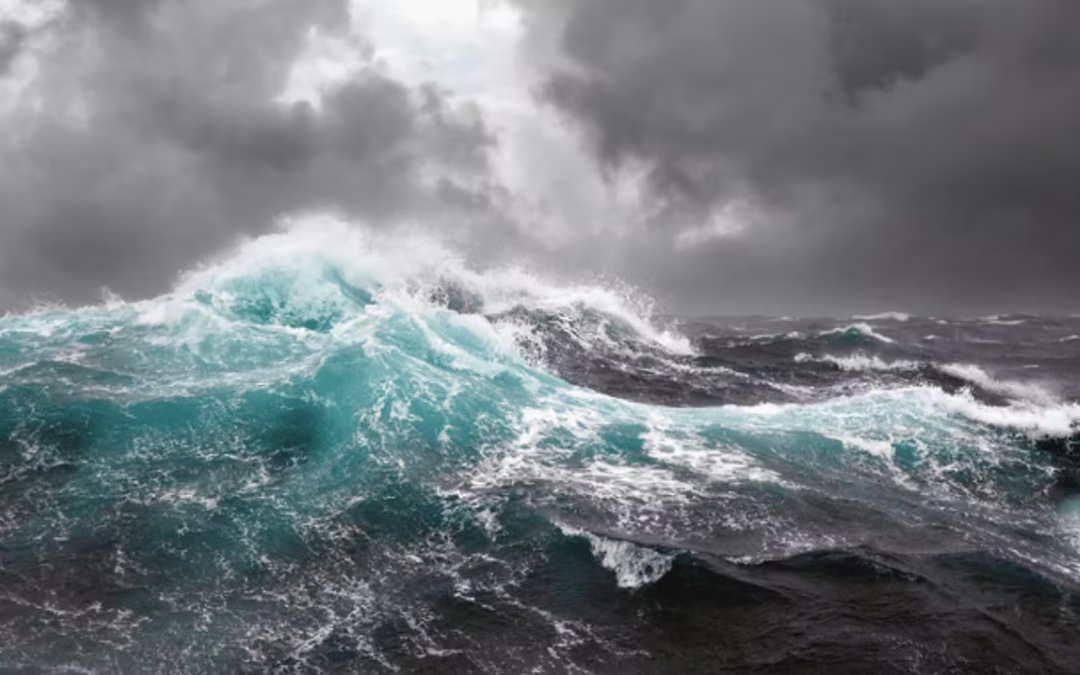With so many products on the market, selecting the most appropriate resin for a given infusion application can be a tricky business! Different systems offer a variety of processing properties such as viscosity, gel time and exotherm potential that affect both the size of moulding achievable and the corresponding processing time. The glass transition temperature (Tg) and mechanical properties of the cured system are also important considerations in relation to the end application, having a fundamental effect on product performance. And of course, cost can never be forgotten!
When decisions need to be made, the first stops in the search for technical information are usually manufacturers’ datasheets; these provide extremely helpful data addressing most of the aspects mentioned above. Care must of course be taken in their interpretation as test methods can vary from one manufacturer to another, but there’s normally enough to help an experienced composites engineer reach informed conclusions….
….except when it’s important to understand the effects of prolonged exposure to the marine environment. Resins are plastics and therefore waterproof in the common sense of the word, and it’s well-known that composites offer excellent environmental resistance when compared to many traditional engineering materials. This makes them the obvious choice for many watercraft and #marinerenewable applications. But it’s also true that resins absorb moisture when immersed for prolonged periods of time and that this moisture uptake can affect the mechanical properties of the resulting composite laminates – an important consideration during the design process!
Some time ago at Orthotropic, we took the decision to investigate a little more closely and began a series of long-term experiments to shed more light (or water?) on the subject – the aim being to uncover not only material-specific information but also wider trends that we hope will prove useful during future materials screening & selection programmes. Our starting point was a selection of commonly-used infusion resin systems and a roll of standard E-glass fabric; one of the most widely use reinforcements.
Taking a fundamentals-first approach, we began by studying the weight-gain characteristics of cured resin samples held in our seawater conditioning unit for many months: The results were extremely interesting, showing big differences not just between resin systems, but even between variants of the same system (suggesting perhaps that the choice of hardener is an important factor).

Cast resin samples – weight gain in natural seawater
So how might this wide disparity in moisture-uptake affect laminate mechanical performance? Well that’s what we’re investigating next: A couple of days ago, we reached a big milestone in our R&D programme with the completion of a set of test coupons that will allow us to quantify the effect of #moistureabsorption on key fibre and matrix strength parameters.

Composite test coupons and moisture-uptake travellers at Orthotropic Engineering Ltd.
Many of the coupons have been placed in our seawater conditioning unit, where they’ll spend the next few months exposed to an elevated-temperature ageing regime. Others have been retained as control samples, giving us the means to make meaningful wet / dry comparisons.

Composite test coupons conditioning in natural seawater at Orthotropic
It’ll take a while for the coupons to become saturated, so we’ll have to wait as patiently as we can until later in the year before we get our answers: It’ll certainly be interesting to see which trends are observable and indeed whether our hunches are confirmed!
We always hope that our R&D work is of interest so please do get in touch with Orthotropic if this is the case, or indeed if you have any materials you’d like us consider in our future R&D work.
#OrthotropicEngineering #RenewableEnergy #MarineRenewables #TidalEnergy #WaveEnergy #CompositeStructures #MoistureConditioning #CompositeMaterials #CompositesEngineering

